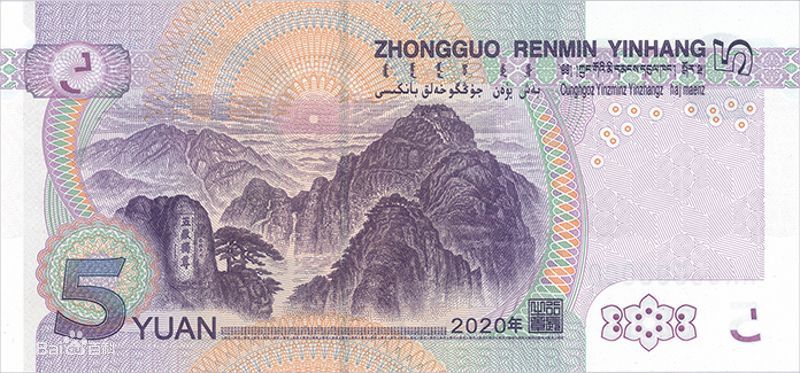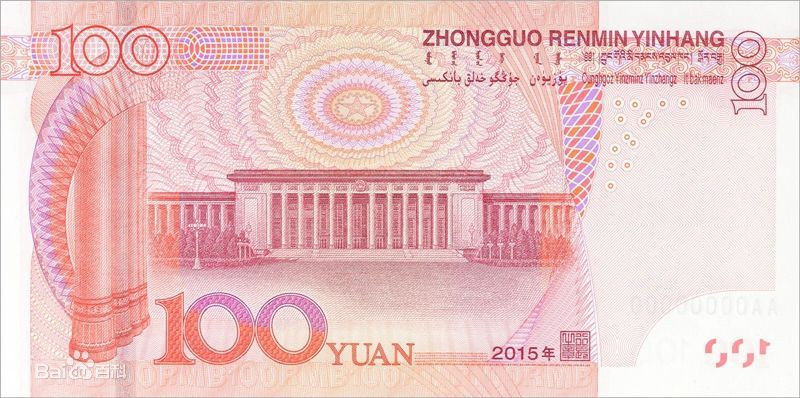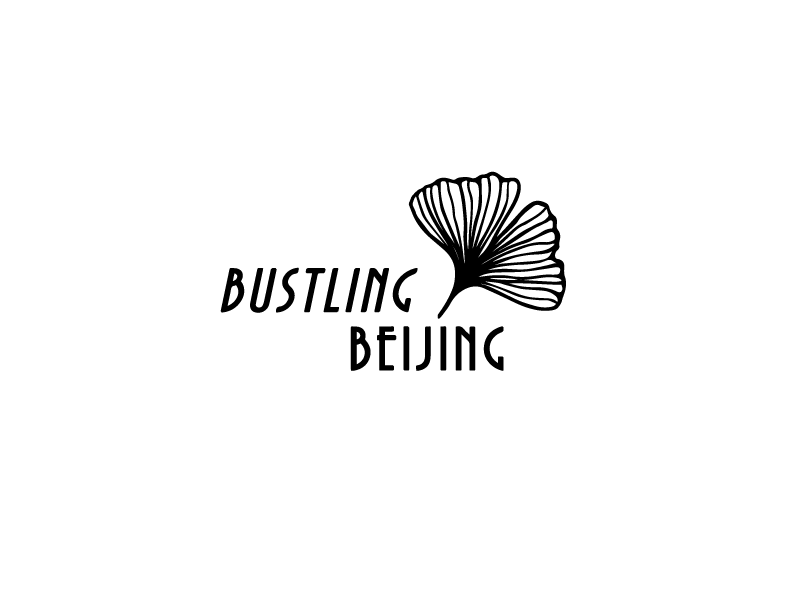The beauty of Chinese banknotes
Cash is vanishing
China is a pioneer on the way to a cashless society. In 2020 (maybe boosted by COVID-19), virtual payment methods have become almost universal in China. For the average customer this promises easy and quick ways to pay. In combination with self-checkout supermarkets and the greatest online shopping experience on the planet, China shows the way.
Already, cash and banknotes have almost gone the way of the dinosaur in China. Yet one thing, that most won´t think about, will be gone too. Many countries have beautiful pictures on their bank notes. While Europe uses its paper money to showcase important buildings and iconographic symbols of Europe, China emphasizes its beautiful nature, some iconic buildings, and the diversity of its people.
Renminbi – People´s money
The banknotes that we use these days, if we still use them, have been in circulation for over 20 years. They have been refined and changed slightly, but their basic design has been the same since 1999. The latest version came out in 2019 in the form of 50 Yuan, 20 Yuan, 10 Yuan, and 1 Yuan. 1 Yuan coins are available as well. Additionally, you can sometimes find the almost worthless 5 Jiao, 2 Jiao and 1 Jiao banknotes or coins, that have a value of mere cents. The even smaller Fen has practically no value whatsoever.
While you might know the name Yuan (元、圆), the official denomination for the Chinese currency is Renminbi, which means People´s money. Colloquially however, Yuan or Kuai (块) is used. One Yuan can be divided in ten Jiao (角). One Jiao can be broken up in ten Fen (分).
According to the official page of the PBOC -Peoples Bank of China, the Central Bank of China- it´s the fifth edition of the fifth series of Renminbi (The fifth set of RMB). The qualitative leap has taken place in the color and shade control of the RMB as well as the printing process and anti-counterfeiting techniques.
The bills have the usual security features. Every nation tries to stop counterfeiting as much as it can. It is an arms race. That alone is making the trend to virtual payment methods a step in the right direction.
On one side -together with the state seal- a flower which changes with each bill, and writing indicating it´s Chinese currency you see the face of an ageless Mao. Like in many countries, the founder of the nation retains this prominent spot despite changes in actual policies.
The 1 Yuan has a greenish color, the 5 Yuan a somewhat purple tint. The 10 Yuan shows off a more faded blue color, while the 20 Yuan bill is colored in a mix of brown and green. The 50 Yuan is of a quite intense green, the 100 Yuan, the highest banknote available, is reddish pink.
What a view
1 Yuan – West Lake

On the 1 Yuan (around 8 Euro cent) you get a picture of the West Lake (西湖) in Hangzhou. This is one of the most famous lakes in all of China. The area around Hangzhou -somewhere in the larger vicinity of Shanghai for reference- has been described by Marco Polo in his famous travel account. There, Hangzhou is being described as the most beautiful and elegant city in the world. One reason for this might be that Hangzhou has many waterways, and probably reminded the famous traveler of Venice. These days it is a major tourist destination and together with Suzhou nearby definitely worth your while.
5 Yuan – Tai Shan

The 5 Yuan banknote shows the Taishan(泰山), i.e. Tai Mountain, in Shandong. Shandong is an eastern province next to the sea. For history freaks, it was once colonized by the German empire. Famous places are Qingdao and Tianjin.
Yet, the mountain did not get its prominent place because of its natural beauty alone. Taishan is one of the most important mountains in all of China due to its sacred Daoist aura.
Mountains and nature in general have an important place in Daoism. Taishan is one of the five famous sacred mountains that command highest respect in China since ancient times. While 1545 meters is nothing compared to the giants in the Himalayas it still is impressive and of stunning natural beauty. Which leads to an unfortunate side effect. It is very touristy -roughly 6 million people flock there every year. And the fact that Confucius liked it adds to its allure.
10 Yuan – Three Gorges

The reverse side of the 10 Yuan RMB shows the entrance of Three Gorges – kuí mén (夔门). Three Gorges is well known for the mammoth dam project that China built there. It still is one of China´s most beautiful landscapes. For years one TV documentary after the other complained about the project because it destroyed much of an ancient landscape with one of the most ancient areas of human settlement. Despite intense archaeological excavations many sites might have been lost to human knowledge forever. Technicians still worry about the safety of a construction of such gigantic dimensions. Environmentalists warn of the devastating impact on the local flora and fauna.
On the other hand, creating a humongous lake of over 600 km length between Yichang and Chongqing on the famous Yangtze river the dam is a marvel of modern engineering. Saving earth´s climate or the environment? Sometimes it might be impossible to decide what to do.
The dam produces electricity in the range of unbelievable 22.000 megawatts. Thus, the clean energy produced there saves about 34 million tons of coal and prevents emissions of carbon dioxide of over 94 million tons. Planners hoped to also alleviate the yearly flooding of vast areas along the river Yangtze. Recent events however have cast some doubt on this goal. Time will tell.
20 Yuan – Guilin

If you have the slightest knowledge of China and Chinese art, you have seen those beautiful touche paintings of misty mountains. One of the most famous motifs are the mountains of Guilin. Being one of the best spots in China to enjoy river tours and get a cliché mystical East feeling Guilin is not only a favorite among Western tourists. In China there is a well-known saying “The mountains and waters of Guilin are the finest under heaven” (桂林山水甲天下). The mountainous landscape has been formed over millennia by erosion into a bizarre karst landscape the size and beauty of which you find only in a few rare places on this planet. Naturally, such landscape deserves a prominent place for everyone to enjoy it.
50 Yuan – Potala Palace

Ever heard of Tibetan Buddhism? If so, you encountered the name of its center of power: Lhasa. For centuries, the seat of the Dalai Lamas, the equivalent of the Christian Pope for a certain sect of Tibetan Buddhists, it has been quite secluded for a long time. These days it is a tourist magnet. Travelers from all over the world try to find a spiritual revelation or just come for its history and architectural beauty. Much of its fame might come from early bestsellers which -similar to the Shangri La craze- started a yearning for mystical Tibetan Buddhism. Potala Palace was built in the 7th century by King Songzanganbu of Tibet for Princess Wencheng of the famous Tang Dynasty who was married to Tibetan nobility.
For others, the main association might be of political nature. There are many perspectives people subscribe to. Either that Tibet was a backward and brutal theocracy whose people had to be liberated. Or that it is a religious wonderland whose divine ruler had to flee suppression. But it might be worth a thought that there are many Tibetan sects and most keep to religion and stay out of politics.
Whatever your take, the Potala Palace in Lhasa is one of the most impressive buildings in China and since 1994 it is on the UNESCO world heritage list. For some years already you can reach Lhasa by traveling the Qinghai-Tibet railway which is a true marvel of modern technology.
TIPS: If you do not have the chance to go there, you might visit the next best thing. Travel to Chengde some 200 km away from Beijing, where the emperors of the Qing Dynasty built a smaller version of this impressive palace as a summer residence in 1771.
100 Yuan – The Great Hall of the People

Well, for lovers of nature or ancient history, this might be a disappointment. If you are interested in modern history, communism, or modern architecture, this could be your thing though.
China is the middle kingdom, the center of the world – well maybe- Beijing is the political center of China and located in the middle of Beijing, the northern capital, is the Tiananmen square, the square of heavenly peace. So, is it really that unlikely to find the parliament building, the Great Hall of the People, on the banknote with the highest denomination?
Around the Tiananmen square you can visit the Mausoleum of Mao (no pun, unfortunately no connection between the two), where the curious can have a look at the embalmed Mao Zedong. On its northern side you enter the Forbidden City through the Tiananmen Gate and on the eastern side you can visit the everchanging exhibitions in China´s National Museum. A bit more to the west are the National Center for the Performing Arts and the Zhongnanhai, the government quarter. And not far to the east there are still many embassy buildings -some restored others not so much- built in late 19th century. Boxer rebellion anyone?
Conclusion
While this is an impressive list of culturally and historically important sites in China, it is by far not exhaustive. It does not even come close. But considering the prominent place the choices contain a message.
One might wonder what the future brings for China and the world. It could well be that there will be new bills with new pictures. But taking recent developments in consideration it is equally possible that these banknotes are among the last that will be used in China. If practicality is the only guiding principle then maybe in the coming years banknotes will be phased out altogether and money will finally be completely virtual.

